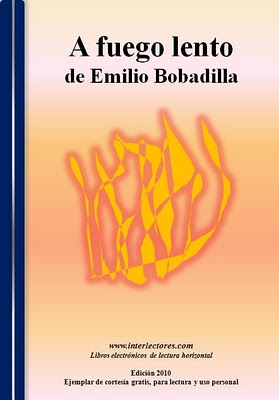4.3.3 The novelistic work of Emilio Bobadilla, “Fray Candil”, (1862 – 1921)

Although Emilio Bobadilla began writing during the Republican era and stood out above all for his literary criticism—not for having left behind a solid body of ideas on the subject, but rather for his incisive sarcasm, which led him to engage in heated debates with intellectuals and writers, often of a higher order—he was nevertheless the author of a novelistic output dating from the first two decades of the Republican era, which, through the thread of sarcasm, allows us to access the widespread sense of frustration that intensified the Republican atmosphere.
In his first novel, entitled “A fuego lento” (Slow Fire), from 1903, a naturalistic affiliation is already evident, which he would not abandon as he continued his narrative career, which reached a climax of particular crudeness in some passages, criticized by critics, who were more governed by social conventions than by purely literary considerations.
Part of the action takes place in Ganga’s supposed Latin American country, which serves as a backdrop for a superficial, particularly sarcastic analysis of neglected ethnic and social groups (Indians, Blacks, mestizos, etc.) as evidence of a retrograde ideological position that disdains any trace of autochthony and assumes a Eurocentric vision of culture.
“In the Sleeping Night,” 1913, and “In Pursuit of Peace,” 1917, are set in the French cities of Bayonne and Biarritz, where Bobadilla held consular duties, and thus present a certain autobiographical tone in his contact with “hypertelic” beings, as Lezama would have called them, in a precarious equilibrium or frank behavioral catharsis, often associated with stray sexual impulses.
The work of Emilio Bobadilla bears witness to a backward-looking ideology that persisted in the nation, from the denial of the values of the social fabric made up of the humblest, to the dazzlement of an ideal even more foreign than the North American one, where his concept of joining the civilizing current in the European way implied the annulment of the historical and cultural traditions kept afloat by the popular strata.








